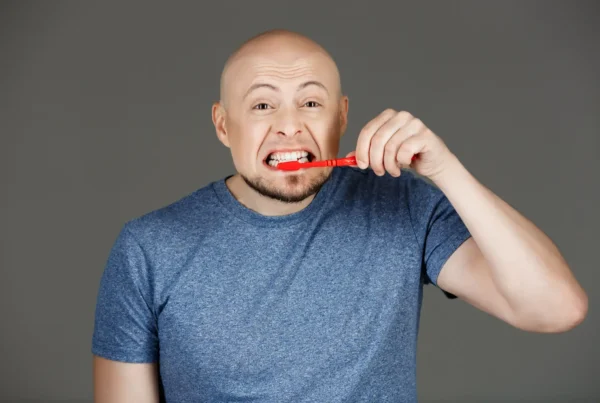An odontoma is a benign jaw tumor that belongs to the largest group of odontogenic tumor-like growths. Although it is classified as a tumor, it does not behave like a typical malignant neoplasm. What exactly is an odontoma? What are the types, symptoms, and treatment options? And most importantly—what is the prognosis for patients diagnosed with this condition?
What is an odontoma and what causes it?
An odontoma is a developmental tumor of dental origin. Its exact etiology remains unknown, though some researchers associate it with genetic factors, trauma, or past infections. Despite being a tumor, odontomas are benign in nature and typically diagnosed before the age of twenty. They form from tissues that normally give rise to teeth, and may vary from soft tissue to calcified structures that resemble underdeveloped or “mini” teeth. An odontoma is usually composed of several dental tissues such as enamel, dentin, pulp, and cementum.
Types of odontomas
Odontomas are generally divided into several subtypes. A compound odontoma is characterized by the presence of multiple small, tooth-like structures called odontoids arranged in an organized manner. A complex odontoma, by contrast, appears as a disorganized mass of enamel, dentin, and cementum. There are also mixed odontomas, which show features of both types. A less common form is the erupted odontoma, which emerges through the oral mucosa and presents as a visible mass in the soft tissues of the mouth.
What are the symptoms of an odontoma?
Odontomas typically grow slowly within the jawbone and are often asymptomatic for a long time. They are usually discovered incidentally during routine dental imaging, such as panoramic X-rays or CBCT scans. These diagnostic tools are often used in cases of delayed tooth eruption or when planning orthodontic treatment. In rare instances, an odontoma may be triggered by pressure from a removable orthodontic appliance. As the permanent teeth begin to erupt—especially third molars—the growth rate of the tumor may increase. Its development usually stops once the full dentition has formed.
Read more: Symptoms of receding gums
What complications can odontomas cause?
Although benign, odontomas can lead to several oral health problems. They may cause swelling in the jaw or face, disrupt the normal eruption of permanent teeth, or displace nearby teeth from their natural position. In some cases, they result in follicular cysts or cause neuralgic pain if the lesion grows large enough to compress surrounding nerves. Additional complications may include dental arch deformities and alteration of the alveolar bone structure in both the upper and lower jaw.
How are odontomas treated?
The standard treatment for odontomas involves surgical removal. This step is crucial to prevent recurrence or potential malignant transformation. Once excised, the lesion is sent for histopathological analysis to confirm the diagnosis. Surgical removal may also be preceded by diagnostic impressions of the jaw, especially if the odontoma is mistaken for a more aggressive maxillary or mandibular tumor.
Dentists recommend removing the tumor before the permanent teeth erupt, ideally during the earlier stages of jaw development. This approach helps reduce the risk of complications such as tooth retention or malocclusion. If the tumor interferes with normal tooth eruption or causes bite irregularities, orthodontic treatment may also be necessary. In some cases, the lesion may affect the root apex of a permanent tooth, requiring endodontic therapy or apicoectomy to resolve the issue.
Prognosis for patients with odontomas
The outlook for patients with odontomas is generally very positive. Complete surgical removal usually results in a full recovery without recurrence. Early detection, appropriate diagnostics, and timely intervention are essential to ensure the best possible outcome and to prevent more complex dental problems later in life.






